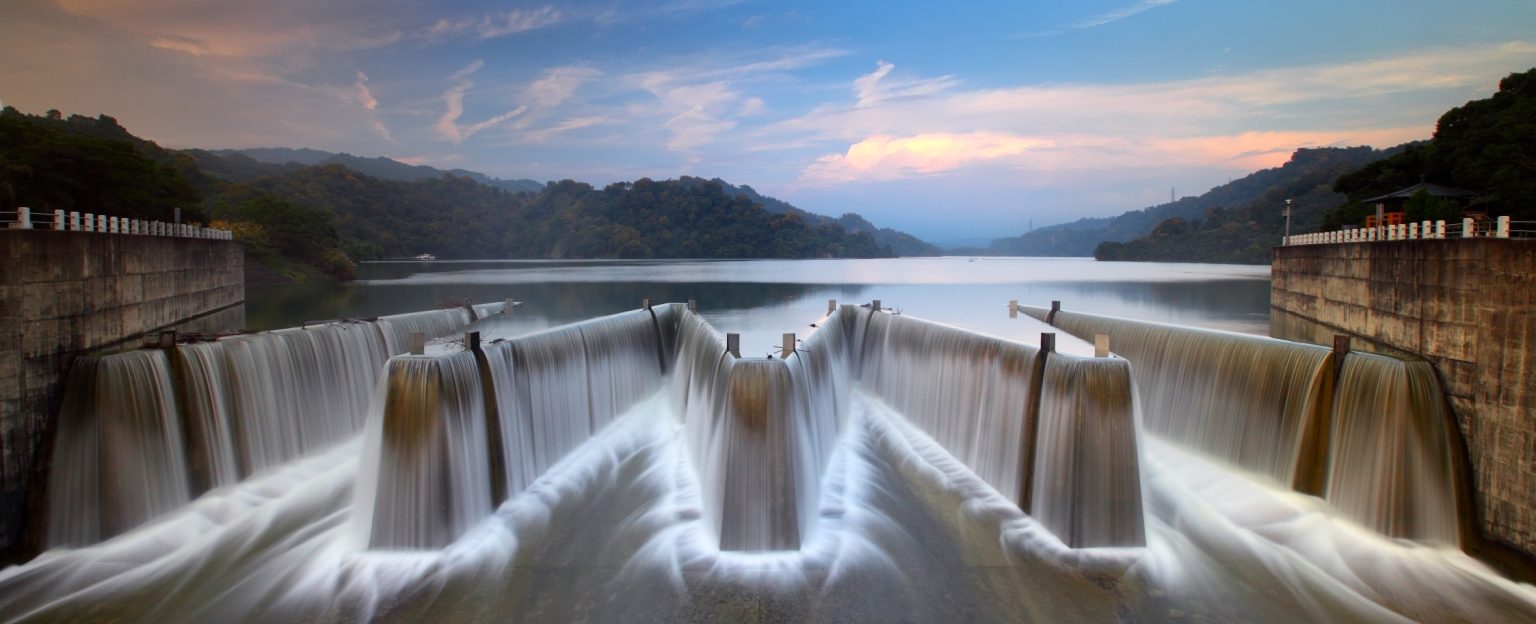For as long as civilization has existed, river basins have been the lifeblood of human settlement. And who is to say that ancient Babylon might not have benefited from a watershed management plan?
Today there are many more people who rely upon water to a much greater degree, which is why a team at Idaho National Laboratory has developed a modeling platform called Water and Energy Scenarios Testing — WEST — for integrated resource planning.
WEST tracks water availability throughout a system to estimate the ecological and economic impacts with regard to power generation, agriculture, flood control, and environmental protection. “There are a lot of different stakeholders within a system,” said Jason Hansen, an INL resource economist who has published articles in the fields of water resources, environment and policy analysis. “All have a connection to each other.”
WEST allows a “drag and drop” approach to creating and testing customized basin configurations. A single river basin might contain reservoirs, canals for irrigation, municipalities, aquifers and natural hydrology. With energy, water and weather data points stored in its matrix, the WEST program can model how these variables will fare in a range of conditions.
“We can look at different scenarios and see who gains and who loses under each one,” Hansen said. “The WEST model forms the basis of evaluating the outcomes.”

As a simulation tool, WEST allows researchers to use data sets from different times of the year to determine water distribution as it relates to weather patterns. With that information in hand, they can analyze alternative management strategies and suggest changes in the distribution of resources.
“This particular model has a good range of utility,” said Michael Carpenter, relationship manager for INL’s Energy-Water Nexus and Water Security programs. Because the inputs are so simple, WEST can be used in any part of the world. For example, it is being considered for use in Iowa to modify crop planting patterns for the production of advanced biofuels. This is in keeping with the U.S. Department of Energy’s renewed focus on links between water and energy production.
“We want to produce fuels that are renewable and sustainable,” said Erin Searcy, INL’s Bioenergy Technologies department manager. “With biofuels, if you can’t produce it sustainably, it’s done.”
In developing WEST, INL researchers first looked at their own back yard — the Snake River Basin. Giving it a thinly disguised fictitious name — the “Cutthroat River Basin” — they put together a case study that compared various levels of nitrogen-nitrate contaminants.
“Users can easily interact with the model by changing certain inputs (climate change, fertilizer inputs, etc.) to observe the change over the entire system,” the report said. “Users can also change certain parameters to test their management policy.”
The program was funded chiefly by the EPA’s National Exposure Research Laboratory, which supports the agency’s mission to protect human health and the environment by finding innovations that reduce environmental risks.
The WEST project also received funding from DOE and INL’s Laboratory Directed Research and Development program. Like much of the research going on at INL, Carpenter said DOE is encouraging partnership efforts with private industry. So far, there have been talks with possible partners in food processing and dairy production.
In undeveloped, highly populated areas such as east Asia or sub-Saharan Africa, access to clean water and inexpensive energy is a constant challenge that could be improved by an integrated approach to sustainable water and energy resource development. Because the WEST platform does not require massive amounts of data, it can be applied to basins that have limited data availability. If no data is available at all, “off-the-shelf” components may be used and best-case and worst-case scenarios can be developed from there.





